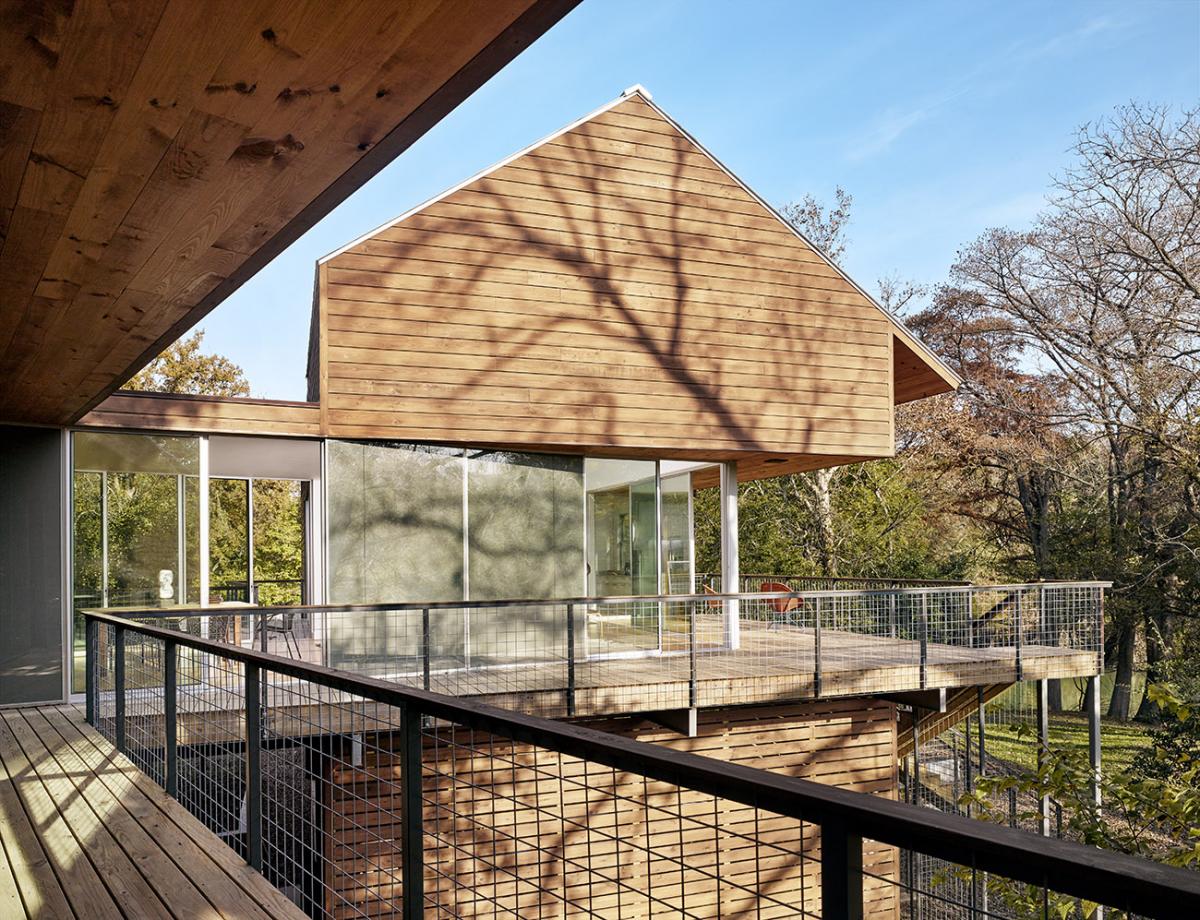Pennsylvania State University
Stuckeman School mourns the loss of Jawaid Haider
UNIVERSITY PARK, Pa. – Jawaid Haider, a long-time professor of architecture at Penn State, passed away on Friday, Dec. 7. He was 67 years old.
A native of Karachi, Pakistan, Haider served as an assistant professor at Penn State while earning his doctoral degree in interdisciplinary studies from the university in 1987. Prior to that, he was an instructor at Dawood University of Engineering and Technology in Karachi from 1997 to 1983. After completing his doctorate, he went back to Pakistan to become an associate professor at Dawood before returning to Penn State to stay in 1989.
Haider was a sought-after teacher and adviser for both architecture design studio teaching and theory classes. As a faculty member and curriculum designer, he was instrumental in shaping the reputation held by the Department of Architecture at Penn State, especially in advanced architectural design and research of the thesis year of the B.Arch. program. He was the coordinator of the thesis-year level for many years and was influential in designing and developing the graduate programs within the department.
“Being a faculty member with us for over 30 years, Jawaid has left his traces everywhere in the Department of Architecture,” said Ute Poershke, interim department head and professor. “More than 1,500 students have graduated with an architecture degree from our department during this time and it is a comforting thought for us that his teaching resonates in so many lives.”
He received many awards and recognitions during his career, most notably being named a Fulbright Senior Scholar by the Australian-American Fulbright Commission. He also received the College of Arts and Architecture Faculty Award for outstanding teaching and the inaugural Faculty Outreach Award “in recognition of exemplary leadership in applying scholarship in support of society.” Most recently, he was named the recipient of the college’s 2018 Distinguished Teaching Award, which “recognizes faculty members who have contributed significantly to the intellectual and artistic life of the college through their teaching.”
Haider’s research interests included architectural issues relevant for children, intergenerational design, public space, architectural design education and comparative theoretical perspectives in architecture. More recently his research interests expanded to include active living strategies in parks and recreation systems. His research explored how the design of an environment or space could be child-friendly and elder-friendly, and he sought to make spaces for all generations to share, and to allow people to better form relationships.
As the principal investigator of a major research project titled, “Planning and Design Strategies for Healthy Living, Parks and Recreation in Pottstown [Pennsylvania] Area,” he influenced both community design and healthy living. He published extensively and received major funding for his research, including grants from the National Endowment for the Arts and the Graham Foundation.
“Jawaid also contributed immensely to academic life at Penn State,” said Poerschke. “Noteworthy were his tireless efforts in the planning and chairing of the Facilities Planning Advisory Board, which advised Penn State administrators on the architecture and landscape architecture here on the University Park campus.”
Later in his career, Haider served as the dean of academics at Indus Valley School of Art and Architecture in Karachi for two years and he received the Lifetime Achievement Award from the Institute of Architects of Pakistan in recognition of his contributions to architectural education in his home country.
He was active in the State College community through his involvement with Global Connections, a community-based, non-profit organization affiliated with the United Way of Centre County and Penn State, with the mission of promoting intercultural understanding and building a strong, inclusive community through service, education, advocacy and partnerships. He also served as the design consultant for the Discovery Space of Central Pennsylvania. He was also involved with the Association of University Women.
Haider is survived by his wife, Talat, and their twin sons, Shuja and Asad, as well as two sisters and three brothers.
The link to the release is: https://stuckeman.psu.edu/

 Study Architecture
Study Architecture  ProPEL
ProPEL 

